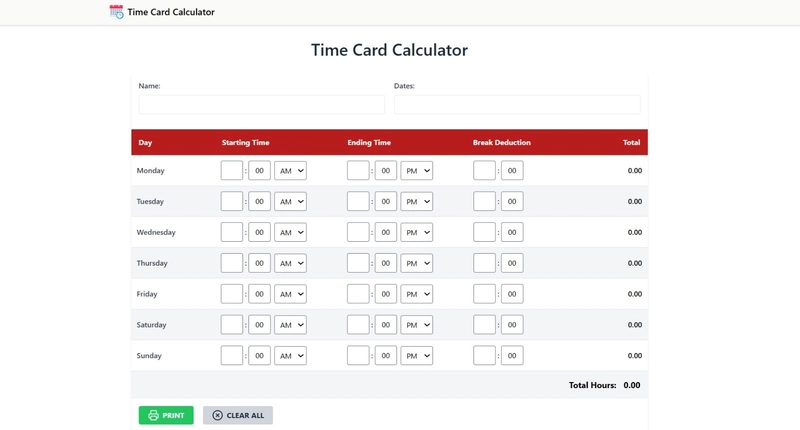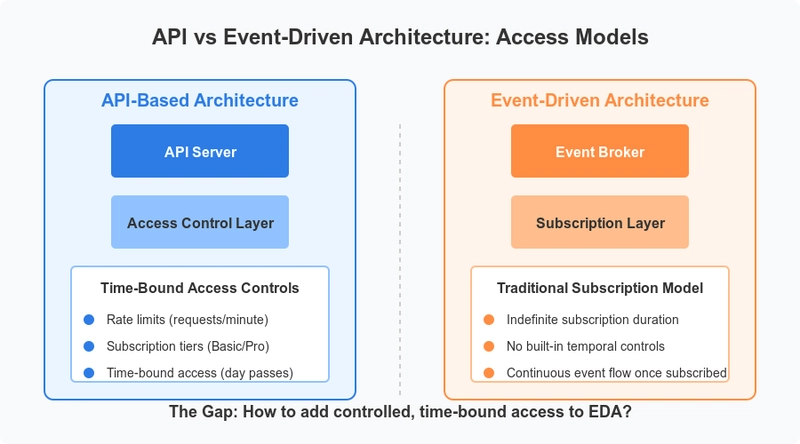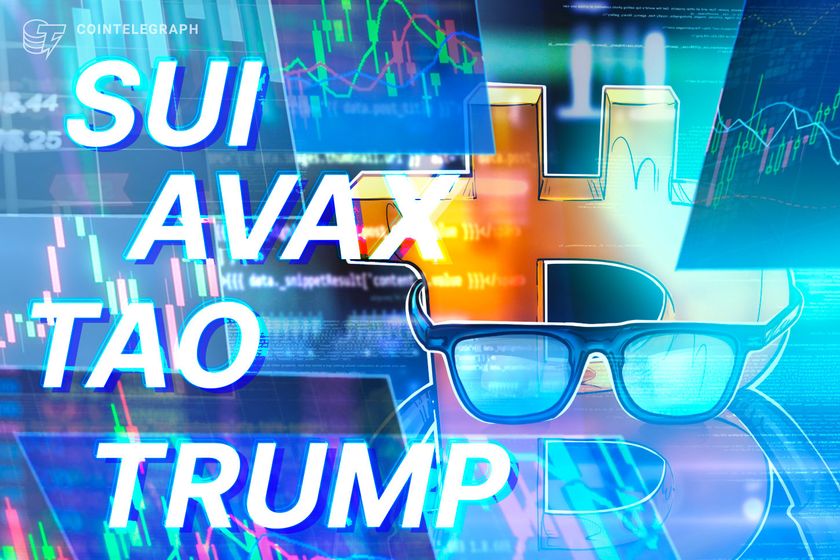Unlocking Synergy: The Intersection of Blockchain and AI
Abstract This post explores the emerging convergence of blockchain and artificial intelligence (AI)—two powerful technologies that are reshaping our digital future. We dive into their background, core concepts, and overlapping features, examine practical use cases such as secure data management and smart contract automation, analyze challenges like scalability and energy consumption, and offer a glimpse into future trends. Throughout, we incorporate technical insights and real-world examples with supporting links from authoritative sources, ensuring the content is both accessible and rich in domain-specific detail. Introduction We are at a transformative crossroad where blockchain technology meets artificial intelligence. Both blockchain and AI have independently revolutionized multiple sectors—from finance to healthcare—and their synergetic interaction promises even broader innovation. In this post, we discuss how this convergence enables secure data management, intelligent decision-making, and transparent processes that could redefine industries. By thoroughly examining the history, features, applications, challenges, and future outlook of these technologies, this blog post provides a comprehensive overview of why the intersection of blockchain and AI is gaining traction globally. Background and Context What is Blockchain Technology? Blockchain is essentially a decentralized digital ledger which records transactions on multiple computers so that the record cannot be altered retroactively. Originally popularized by cryptocurrencies like Bitcoin and Ethereum, blockchain has evolved into a technology that ensures data integrity, transparency, and enhanced security. For those new to this topic, a deep dive on the basics can be found at what is blockchain. Understanding Artificial Intelligence On the other side, Artificial Intelligence (AI) involves technologies that approximate human cognitive functions and perform tasks such as learning, reasoning, and problem-solving. AI is broadly categorized into subfields like machine learning and natural language processing. Beginners can explore introductory articles on machine learning via IBM’s cloud learning and natural language processing at IBM’s NLP guide. The Landscape of the Ecosystem The current digital ecosystem is witnessing increased integration of secure blockchain frameworks with intelligent AI systems. This integration is driven by the need for decentralized and verifiable data stores that AI can quickly analyze to drive smarter outcomes. Emerging platforms such as SingularityNET exemplify how decentralized networks can foster collaboration between disparate technologies to unlock new potentials. Core Concepts and Features Data Management, Security, and Transparency Blockchain’s immutable ledger combined with AI’s powerful data processing offers a secure route for managing critical data: Immutable Records: Once data is recorded on a blockchain, it can never be altered without consensus from the network. This provides a secure audit trail. Real-Time Insights: AI can process large amounts of secured data swiftly, offering insights in real time, which enhances decision-making. Consider the following table that breaks down the features of both technologies: Feature Blockchain Artificial Intelligence Synergistic Benefit Data Integrity Immutable, decentralized ledger Data analysis and pattern recognition Enhanced data reliability and improved analytics Security and Privacy Cryptographic security Algorithm-driven anomaly detection Secure, transparent decision-making Automation and Efficiency Smart contracts for automated processes Autonomous learning and prediction Accelerated workflows via adaptive systems Transparency and Traceability Public verification and audit trails Explainable AI models (in development) Trust-building in complex systems Decentralized AI and Smart Contracts The fusion of blockchain with AI leads to exciting developments like decentralized AI networks, where smart contracts can automatically adjust processes based on real-time data. For example, smart contracts on blockchain can incorporate AI algorithms to automatically trigger adjustments in service level agreements, making systems not only secure but adaptive. Enhanced Decision-Making and Efficiency The traceability provided by blockchain records assures that AI-based decisions are transparent and verifiable. This synergy is particularly useful in industries like finance where fraud detection is paramount. AI models can rely on blockchain’s immutable history to confirm transaction legitimacy, fostering enhanced decision-making processes based on reliable data. Applications and Use Cases Healthcare: Secure and Efficient Data Sharing In healthcare, patient privacy and data integrity are non-negotiable. Blockchain ensures that m
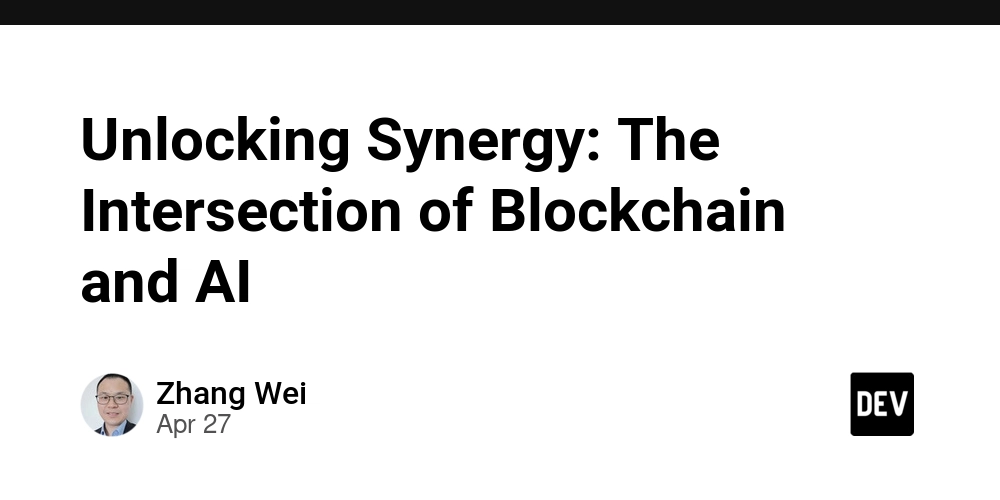
Abstract
This post explores the emerging convergence of blockchain and artificial intelligence (AI)—two powerful technologies that are reshaping our digital future. We dive into their background, core concepts, and overlapping features, examine practical use cases such as secure data management and smart contract automation, analyze challenges like scalability and energy consumption, and offer a glimpse into future trends. Throughout, we incorporate technical insights and real-world examples with supporting links from authoritative sources, ensuring the content is both accessible and rich in domain-specific detail.
Introduction
We are at a transformative crossroad where blockchain technology meets artificial intelligence. Both blockchain and AI have independently revolutionized multiple sectors—from finance to healthcare—and their synergetic interaction promises even broader innovation. In this post, we discuss how this convergence enables secure data management, intelligent decision-making, and transparent processes that could redefine industries. By thoroughly examining the history, features, applications, challenges, and future outlook of these technologies, this blog post provides a comprehensive overview of why the intersection of blockchain and AI is gaining traction globally.
Background and Context
What is Blockchain Technology?
Blockchain is essentially a decentralized digital ledger which records transactions on multiple computers so that the record cannot be altered retroactively. Originally popularized by cryptocurrencies like Bitcoin and Ethereum, blockchain has evolved into a technology that ensures data integrity, transparency, and enhanced security. For those new to this topic, a deep dive on the basics can be found at what is blockchain.
Understanding Artificial Intelligence
On the other side, Artificial Intelligence (AI) involves technologies that approximate human cognitive functions and perform tasks such as learning, reasoning, and problem-solving. AI is broadly categorized into subfields like machine learning and natural language processing. Beginners can explore introductory articles on machine learning via IBM’s cloud learning and natural language processing at IBM’s NLP guide.
The Landscape of the Ecosystem
The current digital ecosystem is witnessing increased integration of secure blockchain frameworks with intelligent AI systems. This integration is driven by the need for decentralized and verifiable data stores that AI can quickly analyze to drive smarter outcomes. Emerging platforms such as SingularityNET exemplify how decentralized networks can foster collaboration between disparate technologies to unlock new potentials.
Core Concepts and Features
Data Management, Security, and Transparency
Blockchain’s immutable ledger combined with AI’s powerful data processing offers a secure route for managing critical data:
- Immutable Records: Once data is recorded on a blockchain, it can never be altered without consensus from the network. This provides a secure audit trail.
- Real-Time Insights: AI can process large amounts of secured data swiftly, offering insights in real time, which enhances decision-making.
Consider the following table that breaks down the features of both technologies:
| Feature | Blockchain | Artificial Intelligence | Synergistic Benefit |
|---|---|---|---|
| Data Integrity | Immutable, decentralized ledger | Data analysis and pattern recognition | Enhanced data reliability and improved analytics |
| Security and Privacy | Cryptographic security | Algorithm-driven anomaly detection | Secure, transparent decision-making |
| Automation and Efficiency | Smart contracts for automated processes | Autonomous learning and prediction | Accelerated workflows via adaptive systems |
| Transparency and Traceability | Public verification and audit trails | Explainable AI models (in development) | Trust-building in complex systems |
Decentralized AI and Smart Contracts
The fusion of blockchain with AI leads to exciting developments like decentralized AI networks, where smart contracts can automatically adjust processes based on real-time data. For example, smart contracts on blockchain can incorporate AI algorithms to automatically trigger adjustments in service level agreements, making systems not only secure but adaptive.
Enhanced Decision-Making and Efficiency
The traceability provided by blockchain records assures that AI-based decisions are transparent and verifiable. This synergy is particularly useful in industries like finance where fraud detection is paramount. AI models can rely on blockchain’s immutable history to confirm transaction legitimacy, fostering enhanced decision-making processes based on reliable data.
Applications and Use Cases
Healthcare: Secure and Efficient Data Sharing
In healthcare, patient privacy and data integrity are non-negotiable. Blockchain ensures that medical records remain tamper-proof, while AI-driven diagnostic tools can process these records to assist doctors in making accurate and faster diagnoses. This convergence not only secures data but also optimizes healthcare delivery.
Finance: Building Trust and Security
The financial sector is leveraging blockchain and AI to combat fraud and improve audit trails. By integrating these technologies, financial institutions can detect suspicious transactions in real time. AI algorithms analyze historical data stored securely on the blockchain to flag anomalies, while smart contracts automatically implement predefined conditions—boosting fraud prevention and regulatory compliance.
Supply Chain and Logistics: Transparency and Optimization
Supply chain management benefits immensely from blockchain’s transparency and AI’s optimization capabilities:
- Blockchain: Provides a clear and immutable record of product movement.
- AI: Uses predictive analytics to optimize routing and inventory management.
- Result: A fully transparent, automated supply chain with improved efficiency and reduced fraud. For further insights on this integration, visit blockchain in supply chain.
Energy Management and Agriculture
Integrating blockchain and AI opens up new possibilities for:
- Energy Management: AI is used to balance energy load while blockchain supports decentralized energy markets, ensuring fair energy distribution.
- Agriculture: Blockchain secures the food supply chain and AI provides predictive analytics to forecast agricultural yield, enhancing sustainability.
Challenges and Limitations
Scalability and Efficiency
While blockchain offers robust security, its consensus mechanisms can limit scalability. This is particularly challenging when paired with AI systems that require rapid, large-scale data processing. For additional insights, explore blockchain scalability solutions which discuss current efforts in addressing these issues.
Complexity and Interoperability
Integrating these two diverse technologies is complex. Developing systems that efficiently communicate between blockchain networks and AI models requires substantial expertise in both fields. Interoperability between different blockchain platforms and AI frameworks remains an ongoing challenge.
Energy Consumption
Both blockchain and AI can be resource-intensive. The energy demands of blockchain mining and AI computations raise questions about sustainability. Researchers are actively exploring sustainable blockchain practices to mitigate these environmental concerns.
Legal and Regulatory Implications
The legal landscape for blockchain and AI integration is still evolving. Issues such as data privacy, intellectual property, and smart contract enforceability remain complex, making regulatory compliance an ongoing concern for businesses adopting these technologies.
Future Outlook and Innovations
Increasing Adoption in the Corporate Sphere
As industries recognize the benefits of secure, transparent, and efficient systems, the integration of blockchain and AI is expected to gain momentum. Corporations are already investing in these technologies to improve internal operations and develop innovative products. They are exploring ways to use blockchain to provide immutable data sets for training AI, thereby enhancing model accuracy and reliability.
Advancements in Decentralized AI Networks
Platforms like SingularityNET are pioneering decentralized AI networks, which democratize access to AI services. This trend is likely to spur new business models, enabling smaller players to compete with established enterprises through collaborative, decentralized platforms.
Enhancing Regulatory and Ethical Frameworks
With the increased integration of blockchain and AI, there is a growing need for ethical guidelines and regulatory frameworks. Future initiatives are expected to focus on:
- Developing ethical AI frameworks that ensure transparency and fairness.
- Crafting regulatory policies that protect data privacy while fostering innovation.
- Creating industry-specific guidelines that bridge blockchain security with AI decision-making.
Innovation in Use Cases
Other innovative use cases that may emerge include:
- Automated Supply Chains: Systems that integrate real-time data analysis from AI with secure, traceable transactions on the blockchain.
- Dynamic Insurance Models: Smart contracts that adjust policies based on real-time risk assessments provided by AI.
- Digital Identity Management: Enhanced digital identities that use blockchain for security and AI for fraud detection and authentication.
Practical Tips for Developers and Innovators
For developers and startups looking to explore the synergy between blockchain and AI, consider the following guidelines:
- Start Small: Begin with pilot projects that integrate a single AI function with blockchain-based data storage.
- Collaborate Across Domains: Work with experts in both blockchain development and AI to ensure smooth integration.
- Focus on Interoperability: Choose platforms and APIs that support easy communication between decentralized networks and AI frameworks.
- Monitor Energy Use: Explore sustainable practices and energy-efficient algorithms to minimize the environmental impact.
Key Integration Strategies (Bullet List)
- Emphasize Transparency: Utilize blockchain’s immutable ledger to enhance AI data integrity.
- Adopt Smart Contracts: Implement AI-driven smart contracts that dynamically adjust based on real-time data.
- Pursue Decentralized AI Models: Leverage decentralized frameworks like SingularityNET for improved collaboration.
- Ensure Regulatory Compliance: Stay updated on legal developments and adopt ethical frameworks to guide AI decision-making processes.
- Incorporate Scalability Solutions: Explore blockchain scalability solutions to meet AI’s processing demands.
Related Insights from the Broader Community
The convergence of blockchain and AI is not an isolated phenomenon. Insights from the developer community, as seen on platforms like Dev.to, help illuminate the broader implications of this integration. For example:
- Crowdfunding Open Source Development and Blockchain Innovation: A Sustainable Revolution discusses innovative funding models that intersect technology and collaborative development.
- Blockchains Transformative Influence on Open Source Transparency illustrates how blockchain enhances transparency, which is critical for ethical AI.
- Sponsor Open Source Projects on GitHub: A Comprehensive Guide for 2023 and Beyond provides practical advice on engaging with open source communities to drive innovation.
These discussions offer valuable perspectives for those looking to adopt a combined approach, ensuring that funding, collaboration, and transparency remain central themes in technological innovation.
Summary
The union of blockchain and AI presents significant opportunities for transforming industries through enhanced security, transparency, and efficiency. By leveraging blockchain’s immutable ledger and AI’s data-centric capabilities, industries from healthcare to finance can build systems that are not only secure and efficient but also adaptable and transparent. While challenges such as scalability, complexity, and high energy consumption remain, ongoing research and innovation are paving the way for sustainable and ethical implementation.
This blog post has highlighted:
- The background and context of blockchain and AI, detailing foundational concepts.
- Core features such as data integrity, transparency, and smart contract automation.
- Practical use cases in healthcare, finance, supply chain management, and beyond.
- The challenges that lie ahead, including scalability issues, interoperability, and regulatory hurdles.
- A forward-looking future outlook that envisions decentralized AI networks, improved regulatory frameworks, and innovative business models.
For a deeper dive into this topic, consider reading the original article Unlocking Synergy: The Intersection of Blockchain and AI. As technology continues to evolve, it is essential for developers, businesses, and regulators to collaborate in harnessing the full potential of these revolutionary technologies.
By embracing the synergy between blockchain and AI, we are not only enhancing the capabilities of our systems but also paving the way for a future where secure, transparent, and intelligent systems drive global innovation.
This integration is set to influence a wide range of domains, and the lessons learned here will likely provide a blueprint for navigating future technological disruptions. Whether you are a developer looking to innovate, an entrepreneur seeking to disrupt traditional business models, or a policymaker aiming to regulate emerging technologies, the convergence of blockchain and AI offers a promising path forward.
As we continue to explore new frontiers in technology, the combined power of blockchain and AI will remain a focal point of discussion—a testament to the creative and transformative potential of merging decentralized security with intelligent automation.
Embrace this evolving intersection to unlock a future where digital transparency, secure interactions, and intelligent systems coalesce to create a safer, more efficient, and more sustainable digital ecosystem.
































































































































































![[The AI Show Episode 143]: ChatGPT Revenue Surge, New AGI Timelines, Amazon’s AI Agent, Claude for Education, Model Context Protocol & LLMs Pass the Turing Test](https://www.marketingaiinstitute.com/hubfs/ep%20143%20cover.png)
















































































































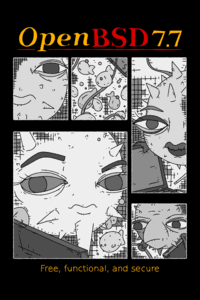
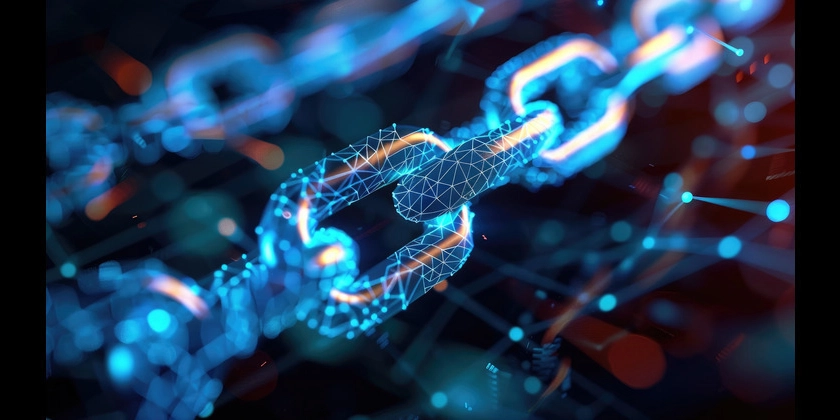












![[DEALS] Koofr Cloud Storage: Lifetime Subscription (1TB) (80% off) & Other Deals Up To 98% Off – Offers End Soon!](https://www.javacodegeeks.com/wp-content/uploads/2012/12/jcg-logo.jpg)
























![Is this too much for a modular monolith system? [closed]](https://i.sstatic.net/pYL1nsfg.png)




















































































































_roibu_Alamy.jpg?width=1280&auto=webp&quality=80&disable=upscale#)




 CISO’s Core Focus.webp?#)


































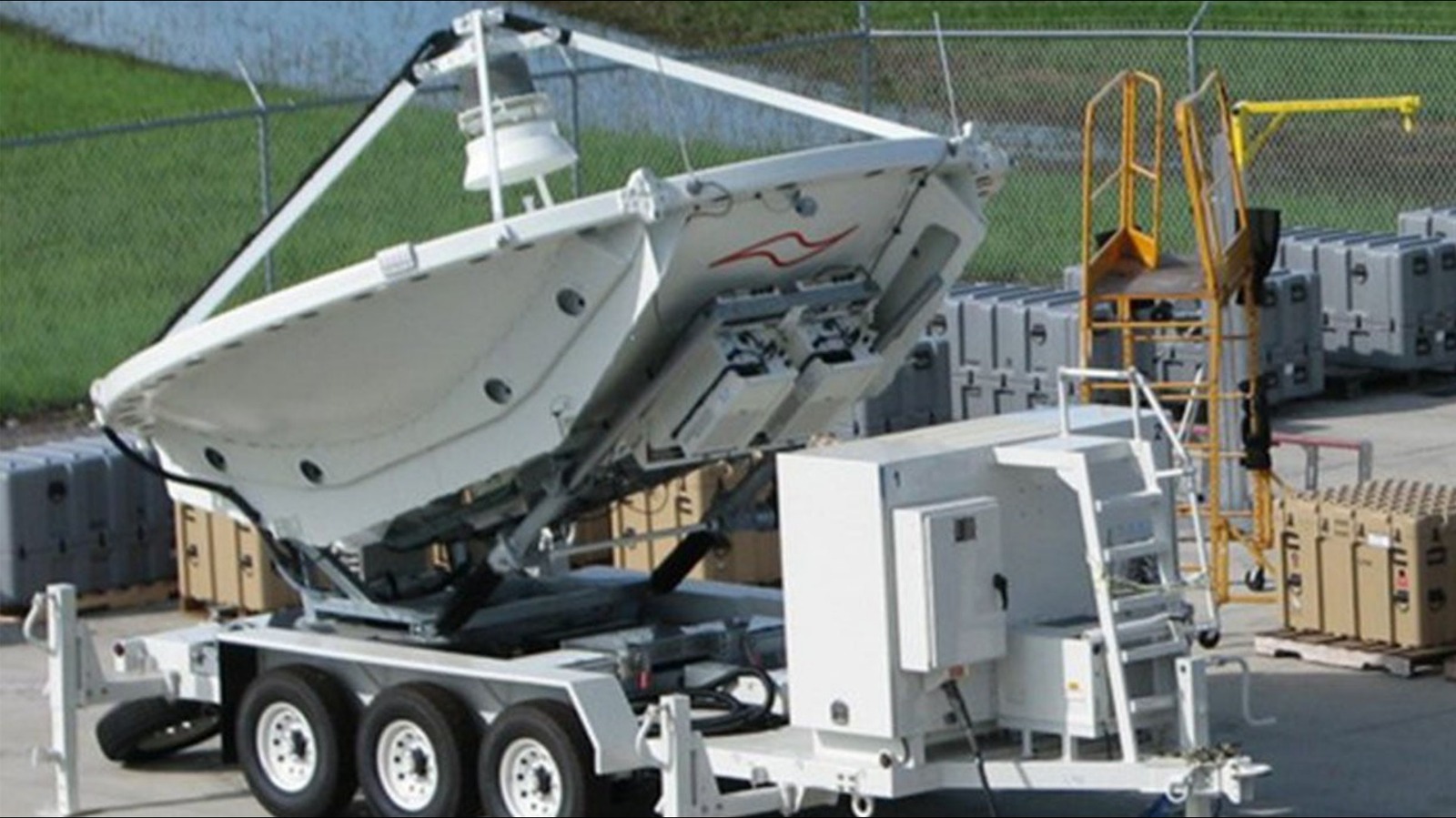



































































![M4 MacBook Air Drops to Just $849 - Act Fast! [Lowest Price Ever]](https://www.iclarified.com/images/news/97140/97140/97140-640.jpg)
![Apple Smart Glasses Not Close to Being Ready as Meta Targets 2025 [Gurman]](https://www.iclarified.com/images/news/97139/97139/97139-640.jpg)
![iPadOS 19 May Introduce Menu Bar, iOS 19 to Support External Displays [Rumor]](https://www.iclarified.com/images/news/97137/97137/97137-640.jpg)



































































































